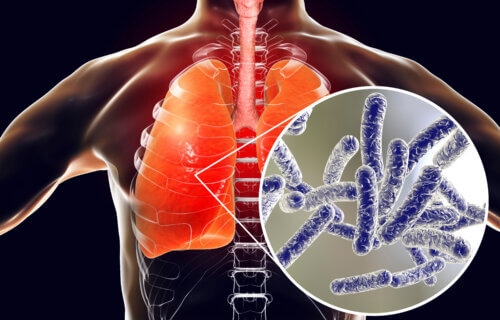ALBANY, N.Y. — Air pollution is linked to a slew of health problems for Americans, but recent studies show the air we breathe today is actually a lot cleaner than it was decades ago. Unfortunately, researchers say all that clean air has a surprising downside — it’s become a breeding ground for Legionnaires’ disease.
A team from the State University of New York at Albany has found that the recent rise in cases of this respiratory illness appears to have a connection to the drop in sulfur dioxide (SO2) air pollution worldwide. In fact, there were only 1,100 cases of Legionnaires’ disease in the United States in 2000. By 2018, that figure rose to nearly 10,000 cases.
What is Legionnaires’ disease?
Legionnaires’ disease is caused by inhaling aerosols containing Legionella bacteria, which can grow and spread in building water systems such as cooling towers, hot tubs, ice machines, and showerheads. The bacteria live in water and in airborne water droplets.
Throughout the years, health officials have often traced these outbreaks back to cooling towers on the top of buildings — a common sight in large cities. These towers cool indoor spaces by dispersing heat into the atmosphere in the form of vapor and water droplets. However, when these tanks aren’t properly maintained, germs and bacteria can build up in the water.
While factors like relative humidity, temperature, precipitation, and UV radiation have been suggested to influence the disease, they cannot explain the long-term increasing trend. Study authors note that between 10 and 25 percent of patients die from the condition.
Why is cleaner air better for Legionnaires’ disease?
So, if air pollution is decreasing, how is a deadly bacterial infection on the rise? Researchers Fangqun Yu and Arshad Arjunan Nair say cleaning the air has actually removed a key factor which keeps Legionnaires’ disease from spreading — SO2.
Airborne water droplets, especially those carrying Legionella, capture SO2 from the air. This makes the droplet more acidic. At the same time, it’s also making the droplet toxic for the bacteria as SO2 levels climb. So, the result of SO2 pollution is an environment that is inhospitable for Legionnaires’ disease, which is why cases were so low for years.
“As SO2 pollution declined nationally, the bacteria lived longer in airborne droplets, increasing the chances that viable bacteria could end up in a person’s lungs,” the researchers write in a media release.
To support their hypothesis, the researchers analyzed data from New York State, which has one of the highest Legionnaires’ disease burdens in the country. They found strong correlations between the disease incidence and SO2 concentrations, SO2 emissions, and the pH of rainwater and cooling tower droplets.
Furthermore, the study demonstrated that cooling towers are likely a major source of Legionnaires’ disease. By examining the number of hospitalizations in relation to the distance from cooling towers, the researchers found that people living closer to these structures had a higher risk of contracting the disease, especially in recent years with lower SO2 levels.
Taking Action
So, what’s the solution? If you’re thinking humans should actually pollute more, the study authors say that isn’t the answer either.
As SO2 concentrations continue to decline, it is crucial to be aware of the potentially increased risk for Legionnaires’ disease, particularly among vulnerable populations in areas with high incidence rates. However, the researchers caution against arguing for a reversal in SO2 reductions, which have well-established health benefits.
Instead, they emphasize the need for a holistic approach to address the complexities of SO2 concentration changes. Public health officials and clinicians should be vigilant during periods of high cooling tower use and low SO2 concentrations, targeting at-risk populations in high-incidence areas. This knowledge may improve diagnostic and treatment decisions for community-acquired pneumonia, of which Legionella is increasingly recognized as a cause.
The best defense right now is better cleaning routines in the places where the bacteria spreads. Identifying the specific mechanisms and events leading to increased transmission may open up new opportunities for preventing sporadic Legionnaires’ disease and reducing exposure disparities in underserved communities.
The findings are published in the journal PNAS Nexus.
You might also be interested in:
